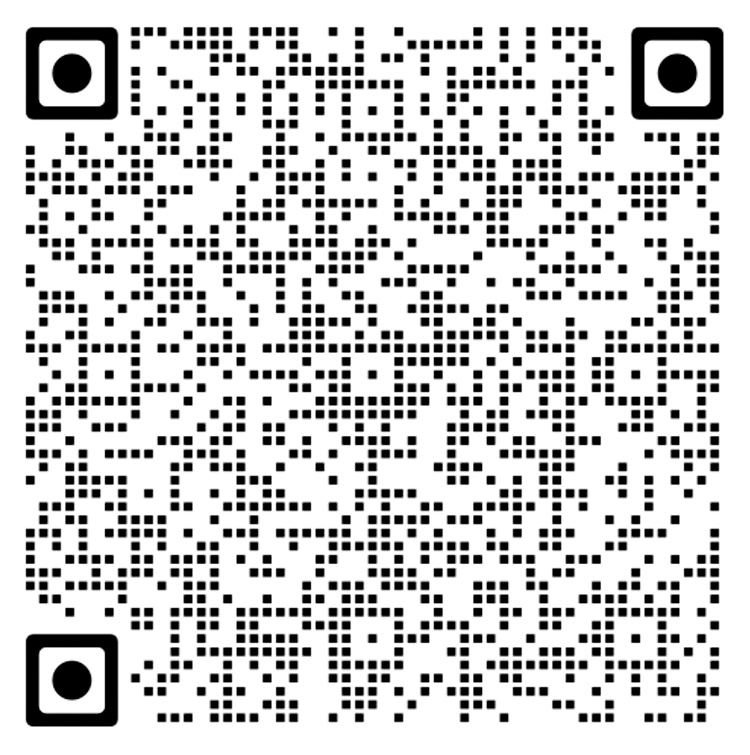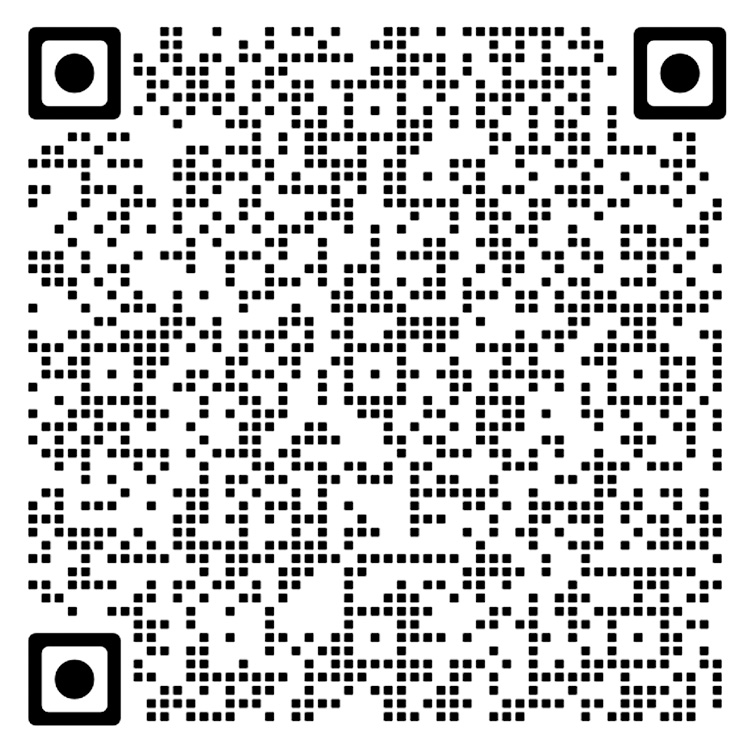Originally based on the parlor game Consequences, in which texts were assembled by guests without seeing (due to creative folding) what previously was written, exquisite corpse became an important source of collaboration and creative experimentation for surrealist writers and artists such as André Breton, Joan Miró, Tristan Tzara, and Marcel Duchamp. These artists used a form of the game as a way of assembling visual and textual ideas into a form that they could not have foreseen and, therefore, had very little control over. Some of the results were astounding, others less so. Every result, however, was something new.
Sound American’s version of exquisite corpse adds a few twists in keeping with our milieu and mission. Each cycle, three composers will collaborate on a short work specifically for SA, to be published in that cycle’s journals. One artist will go first, passing on a set of information to the next, who, in turn, will add, subtract, and change that information to create a new version of the piece before passing it on to the third, who will create a “final” take on the composition. The readers of Sound American will get to watch the whole process as it occurs as each version will be reproduced in subsequent issues.
This round of exquisite corpse is brought to a close with a new piece by New York–based composer Jessie Cox. Enter the Impossible Cosmos: Wave-Particle Knots takes the previous conceptual work of Ka Baird and Jules Gimbrone and launches it into a warmly technological embrace of the universe.
Before performing the adventure, please visit this link for instructions and for descriptions of the planets:

This link is the computer version of the actual cosmos map/world in 3D. You will need this to see the planets and their parameters: https://play.unity.com/mg/other/test-972t
Adventure
Section I
1) Sirens (frequency range unknown) interacting across time and space clashing near the planet FT create a set of interference patterns that cause particles to entangle. This generates a series of coupled, entangled, or knotted, wave-particle collections that gain mass over time and are thus attracted gravitationally to the planet FT.
2) You form yourself as a wave-particle packet and land on FT’s surface. Choose between these two routes:
A) You explore, in the spirit of Ka Baird’s Proximity Exercises II (Emergency Studies) in Sound American 27, the further generation of knotted wave-particle collections.
B) You explore, in the spirit of Jules Gimbrone’s An Attention Equation in Sound American 28, the wave-particle collections that form you.
If A:
1) Further wave-particle knots form. You discover your entanglement with them.
2) Formed wave-particle knots can move through space by means of their re-knotting and dissolution, effectively creating and destroying their mass existence (to a certain limited degree). This allows for the circumvention of gravity, and since FT has no atmosphere, you end up simply drifting away. To do this you discover that wave-particle knots that meet annihilate or create new wave-
particles through interference.
3) You land on LBD. Move to Section II.
If B:
1) Through investigation of your inner workings, you discover that you are simply knots of entangled particles.
2) You can disentangle and entangle new wave-particle knots through wave-particle collisions creating new interference patterns resulting in different wave-particle knots. This allows you to change shape but also change positioning in space effectively allowing you to travel through space. This allows for the circumvention of gravity, and since FT has no atmosphere, you end up simply drifting away.
3) You land on LBD. Move to Section II.
Section II
1) On LBD you meet many travellers. Please introduce yourself to everyone. Who are you? We know you are made of wave-particle knots, but we don’t know your story yet. Tell us who you are by uploading a video using the Instagram/Facebook filter under the following link. Add the corresponding hashtag when uploading your video (always add #entertheimpossible #implbd). You can also explore who else is on LBD by searching the hashtags. http://bit.ly/3GtKtTB

Program Notes
Musical scores and music-making as space travel, transformation, or creation has been a concern of mine for quite a while. This work, which is part of a larger cosmos, springs forth from such matters of concern about—matters of care for—space. Space is here not simply a geographic location separable into places and distinct from lives, but is rather articulation of lives lived in (under)common. Roscoe Mitchell’s work “S II Examples” provides example of a musical practice that refuses the sovereignty of the one based in ownership of land. Rather, it speaks out from—and with—the unknown: Each sound is a complex composite, and there are lines in overtones inside multiphonics. (Lines is maybe the wrong conception, because they do not function by themselves; they cannot sound by themselves—they come forth as complex quilting patterns where weaving is spinning out from other knots that are nothing in themselves.)
The larger cosmos within which this work here, these pieces, exists was conceived initially as a piece for the Sun Ra Arkestra and Laura Cocks, Pauline Kim Harris, Conrad Harris, Tyler J. Borden, Eddy Kwon, and Sam Yulsman, commissioned by the Fromm Foundation and to be premiered November 5th, 2022 in NYC.1 Of course there is not enough space here to list everyone involved, and at the same time this is a space to name a few so as to hint to a network of entangled lives that sound together into/as music. It is with an approach—a way of living or a practice—to dates, names, lives, and sounds that considers not-ones, those that consent not to be single beings, those that are of blackness, black holes, entangled (k)nothingness’s that these pieces come into/as music. In these works, I thus wanted to develop further a practice of musical notation that represents W. E. B. Du Bois’s brilliant example of the city directory: a place where lives appear, and not a text/institution that sanctions and in the same turn delimits life.2 Aren’t musical scores remnants of, and wishes for, meetings in sound? This musical score, this impossible cosmos, evolves, breathes, transmutates with each performance, each reading, each sounding of it and into it
1 The Sun Ra Arkestra piece is called “Enter the Impossible,” and this here work is part of the cosmos that springs forth from such musical composition as meetings
in sound.
2 See W. E. B. Du Bois. “My evolving program for Negro freedom.” Clinical Sociology Review 8, no. 1 (1990): 5.